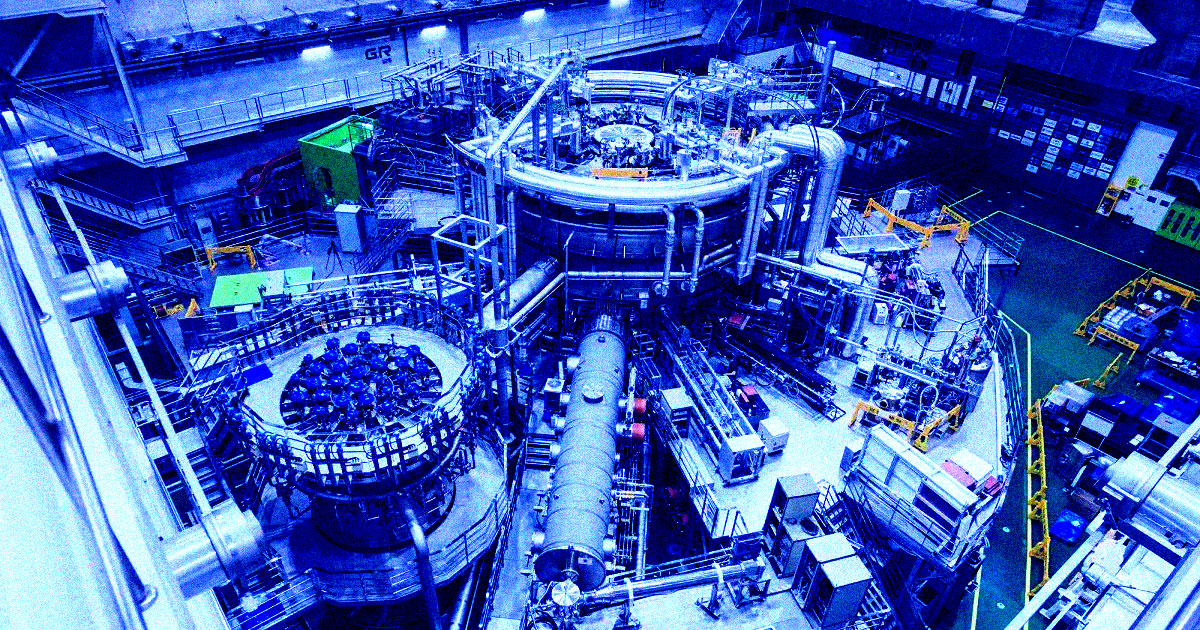
That’s seven times as hot as the Sun’s core.
Plasma Trappers
South Korean scientists have set a new world record using the Korea Superconducting Tokamak Advanced Research (KSTAR) device, an “artificial Sun” nuclear fusion reactor, in what they say is a major step forward for the tech.
The team was able to generate plasma temperatures of 100 million degrees Celsius — seven times as hot as the Sun’s core — for 48 seconds, indicating we’re finding new ways to confine the stuff and potentially turn it into a viable source of power for longer periods. The facility’s previous record, set in 2021, was just 30 seconds.
In theory, fusion energy is simple. By fusing atoms together inside a reactor, scientists are hoping to generate a net positive amount of safe and pollution-free energy — the same way that stars such as our solar system’s Sun work. However, despite the latest breakthrough and many decades of research, we’re still nowhere near a place where fusion reactors could replace conventional nuclear power reactors at scale.
But teams at the Korean Institute of Fusion Energy (KFE) are nonetheless optimistic.
The latest record “will be of great help to secure the predicted performance in ITER operation in time and to advance the commercialization of fusion energy,” KFE director Si-Woo Yoon told CNN, referring to the world’s largest nuclear reactor that’s currently being built in southern France.
Tokamak Toke
By confining blistering hot plasma inside a donut-shaped fusion reactor called a “tokamak,” researchers are hoping to gain a net positive amount of energy out of the reaction by heating water, and turning the resulting steam into electricity using turbines and generators.
According to Yoon, the goal is to eventually sustain temperatures of over 100 million degrees Celsius for 300 seconds by 2026, at which point researchers could find new ways to scale up operations.
Other tokamak reactors around the world have also achieved breakthroughs over the last couple of years. Last year, Chinese scientists managed to confine plasma for 403 seconds inside the Experimental Advanced Superconducting Tokamak.
Using the Joint European Torus in the UK, researchers set a new fusion energy world record earlier this year, producing 69 megajoules — enough to power around 12,000 homes, per New Scientist — though only for five seconds.
Scientists have also claimed they’ve gotten twice the amount of energy they had to put into the National Ignition Facility’s laser-based reactor — which differs greatly from conventional tokamak designs — at the Lawrence Livermore National Laboratory in the US.
But whether all this research will ever add up to a fusion energy revolution that could replace nuclear fission reactors once and for all remains to be seen.
The ITER facility in France is set to be completed sometime next year, at which point we could finally get closer to some much-needed answers.










